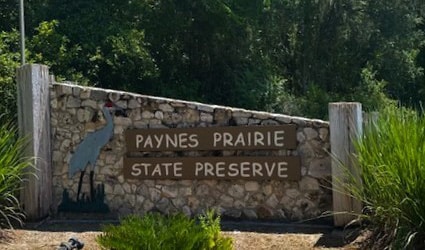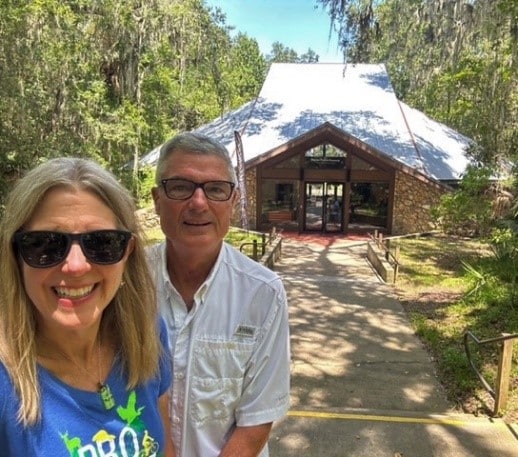
My wife, Carole, and I had an amazing weekend adventure to Paynes Prairie Preserve State Park and Micanopy in August. The park was not crowded with humans, because of the sweltering summer temperatures (heat index of 110 degrees Fahrenheit). But much of the wildlife didn’t seem to mind the heat.
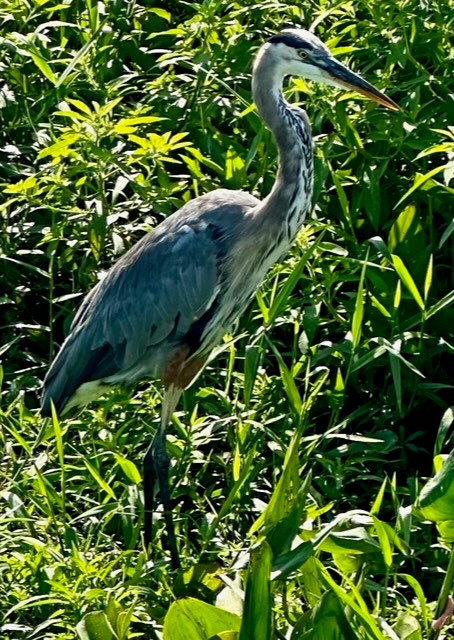
We saw plenty of wading birds and raptors, alligators and a herd of wild horses grazing on the prairie. The visitor’s center was well-appointed and had a wonderful seasonal orientation video. A 50 ft. high observation tower provided an excellent elevated view of the prairie. William Bartram explored this chain of prairies and extensively documented the largest, to include sketching a detailed map of the “Alachua Savannah” in the spring of 1774.
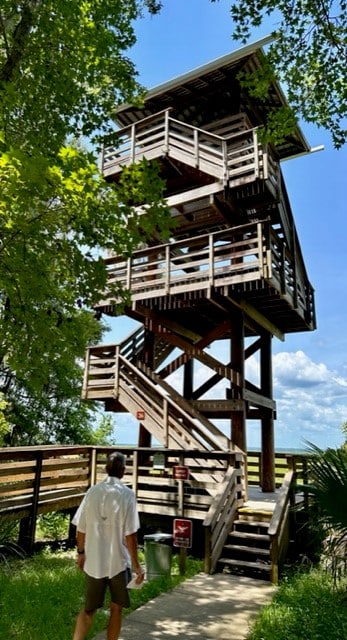
After exploring the park, our next stop was downtown Micanopy, where we found the Bartram historical trial marker on Main Street.
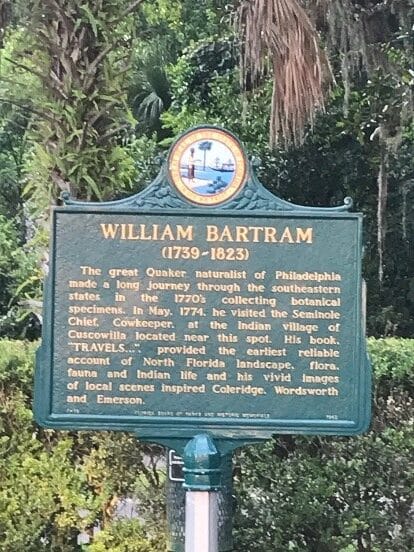
We had been to this quaint little town many times, but on this trip, we discovered the site of the Seminole Indian village, Cuscowilla, where Bartam met Chief Ahaya – called “Cowkeeper” by the colonists because he tended large herds of cattle on nearby savannahs. It was Cowkeeper who gave Billy his Puc-Puggy (flower hunter) moniker. The village site is about ½ mile southeast of downtown Micanopy on Southeast Tuscawilla Road (SE 165th Avenue).
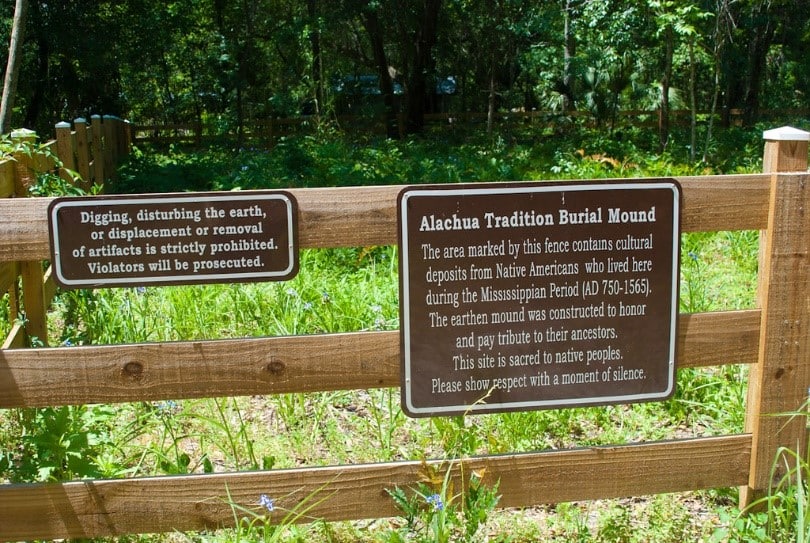
Historically, the village perched strategically on an open upland bluff adjacent to what was then Lake Tuscawilla, which is now identified and preserved as Tuscawilla Prairie. The town has done a good job establishing and preserving a 16-acre park with trails, a brochure, points of interest markers, a bat roosting box, a small museum, and a ceremonial burial mound delineated and protected with a fence for respect and security. As we walked the trails, the hair on my neck was standing up knowing that Billy, Cowkeeper and his people occupied this place 249 years ago.
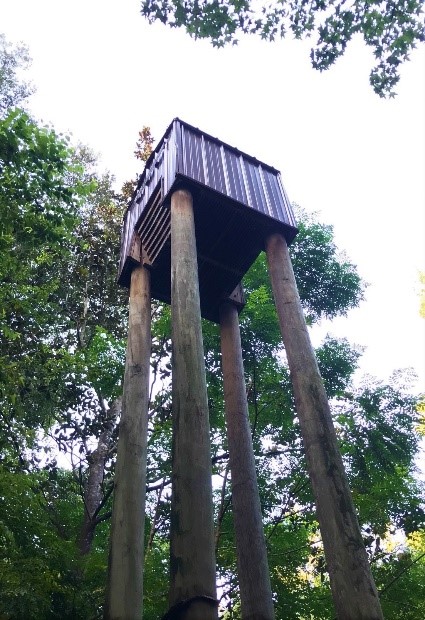
Another significant historical event happened here in June of 1836 with the Battle of Micanopy (Fort Defiance) involving the prominent Seminole leader, Chief Osceola. If you haven’t been there, we highly recommend a visit to discover, explore and learn about this unique and significant Bartram and Native American place.
